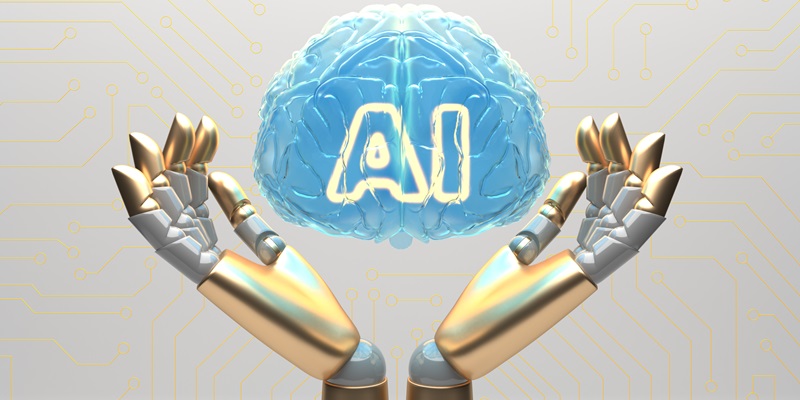AI’s infiltration into art has ignited a passionate debate addressing the essence of creativity and the legitimacy of art ownership. Traditional artists view AI’s increasing presence as a threat to the human creative spirit, whereas many see it as an advantageous tool that broadens the scope of artistic expression. This dichotomy was notably highlighted by the divisive reactions to William Shatner’s AI-created album artwork, raising contentious questions about the originality of such works and their position within copyright jurisprudence. The core question asks whether AI-crafted pieces are truly novel creations or merely iterations based on existing human output, a conversation that resonates deeply with the legal frameworks governing the arts and has wide-reaching implications for the sector’s future.
The Controversy over AI-Generated Art
AI-generated art is a burgeoning field, but it is already challenging long-held notions of creativity and originality. Take the backlash against William Shatner’s album cover, for instance, which became a focal point for the debate. Critics argue that when AI creates art, it does so by analyzing and reconfiguring the works of human artists. These works, while novel, may not be considered original since they’re built on the foundations laid by human creativity. This argument is underscored by the unease some feel about the computer’s role in the artistic process, fearing AI could diminish or replace human input.
The debate has spilled into the legal arena too, with cases such as the class action lawsuit involving Karla Ortiz. Ortiz’s contention—and that of many of her peers—is that AI systems can replicate styles and techniques without the original artist’s consent, potentially violating copyright. This legal quandary is heightened by the difficulty in distinguishing between heavily AI-influenced art and pieces created solely by human hands. The resolution of these challenges will set critical precedents for the rights of both human artists and AI programmers, reshaping the landscape of copyright law.
Embracing AI in Creative Endeavors
Advocates of AI in the arts consider it a new step in creative evolution rather than a threat to human creativity. William Shatner’s defense of his AI-generated art exemplifies the notion that AI is just another tool in an artist’s kit, much like a paintbrush or camera. The artist’s argument is that art has traditionally built upon the works of predecessors, and AI is a modern means to that end.
Artists across the spectrum, from superstars like Kanye West to lesser-known creatives, are integrating AI into their work, sparking debates with traditionalists. Nonetheless, this growing trend highlights AI’s role as a collaborative force that can expand the realms of creativity. AI is seen not as a usurper of the artistic process but as a potential enhancer of the human touch in creative endeavors across music, writing, painting, and beyond.

